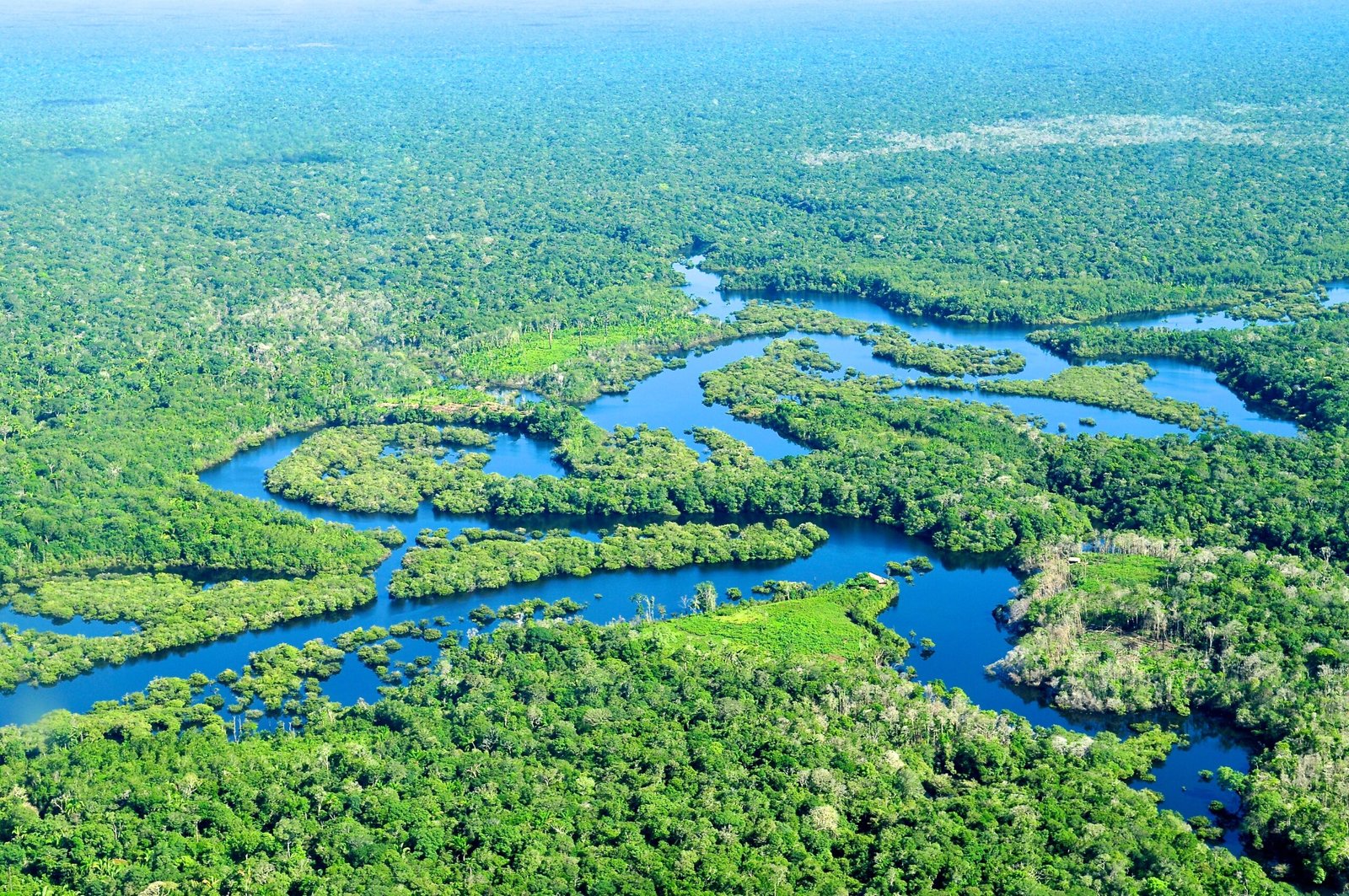Forests cover a significant portion of the Earth’s surface and play a crucial role in maintaining biodiversity, regulating climate, and providing essential resources. They are also the most fragile part of the planet. Here are 10 of the largest forests in the world, contributing to the well-being of our planet and captivating the imagination.
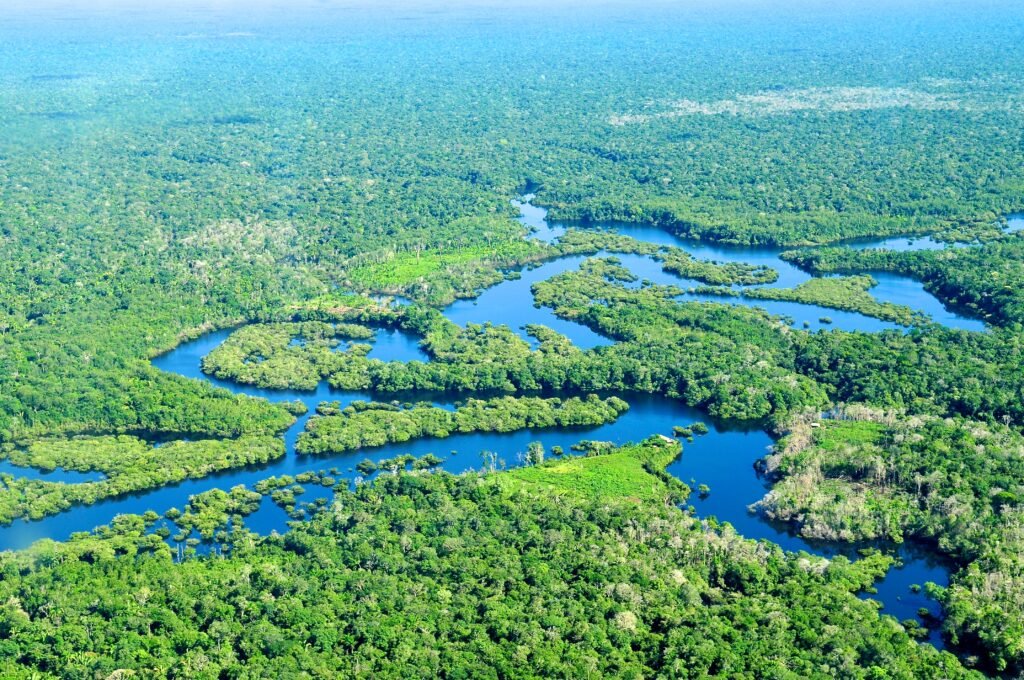
01. Amazon Rainforest, South America
The Amazon Rainforest is the largest rainforest on Earth, spanning across multiple countries. It is home to an estimated 390 billion individual trees representing around 16,000 different species. The Amazon River, the second-longest river in the world, winds its way through the heart of the rainforest. The rainforest plays a crucial role in regulating the Earth’s climate, influencing weather patterns, and supporting global ecological balance. Despite its ecological importance, it faces significant threats, including deforestation, illegal logging, and agricultural expansion. Conservation efforts are underway to protect this invaluable ecosystem.
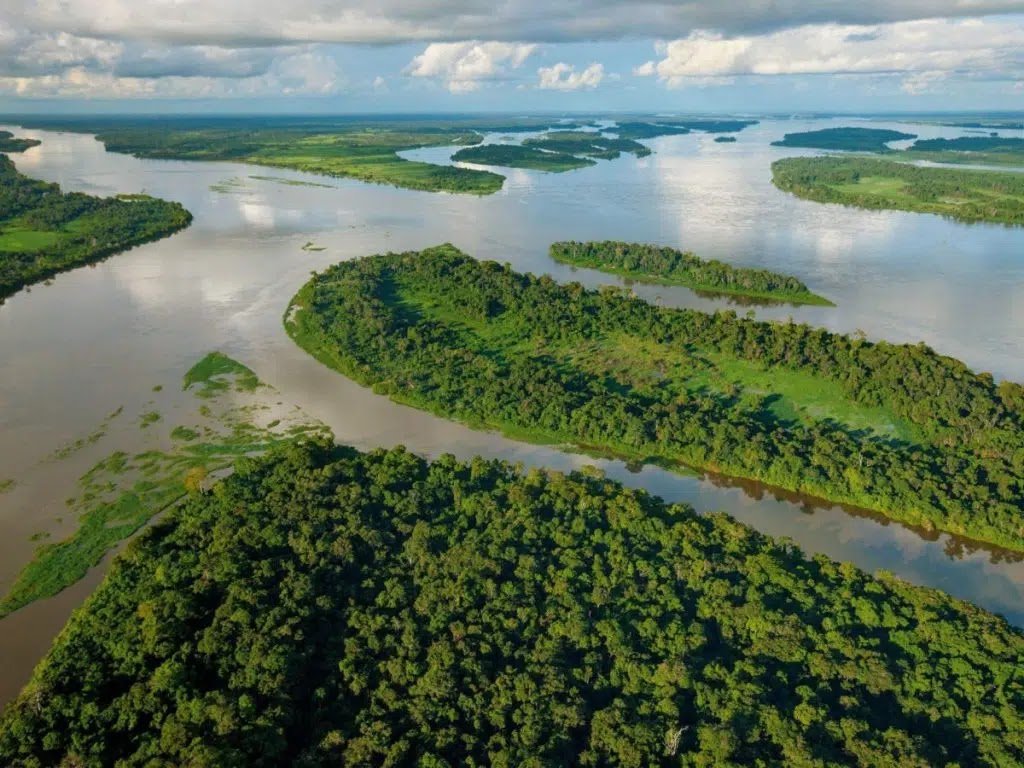
02. Congo Basin, Africa
The Congo Basin is a vast and ecologically significant region in Africa, covering multiple countries. It is the second-largest tropical rainforest in the world, with an estimated 10,000 species of plants, animals, and birds. The Congo River flows through the heart of the basin, shaping the landscape and contributing to the region’s biodiversity. Indigenous peoples rely on its resources for sustenance and cultural practices. Despite its ecological significance, the Congo Basin faces threats from deforestation, logging, and mining activities. Conservation initiatives and international collaborations are crucial in ensuring the sustainable management of this vital ecosystem. Preserving it is essential for the well-being of local communities and the global climate.
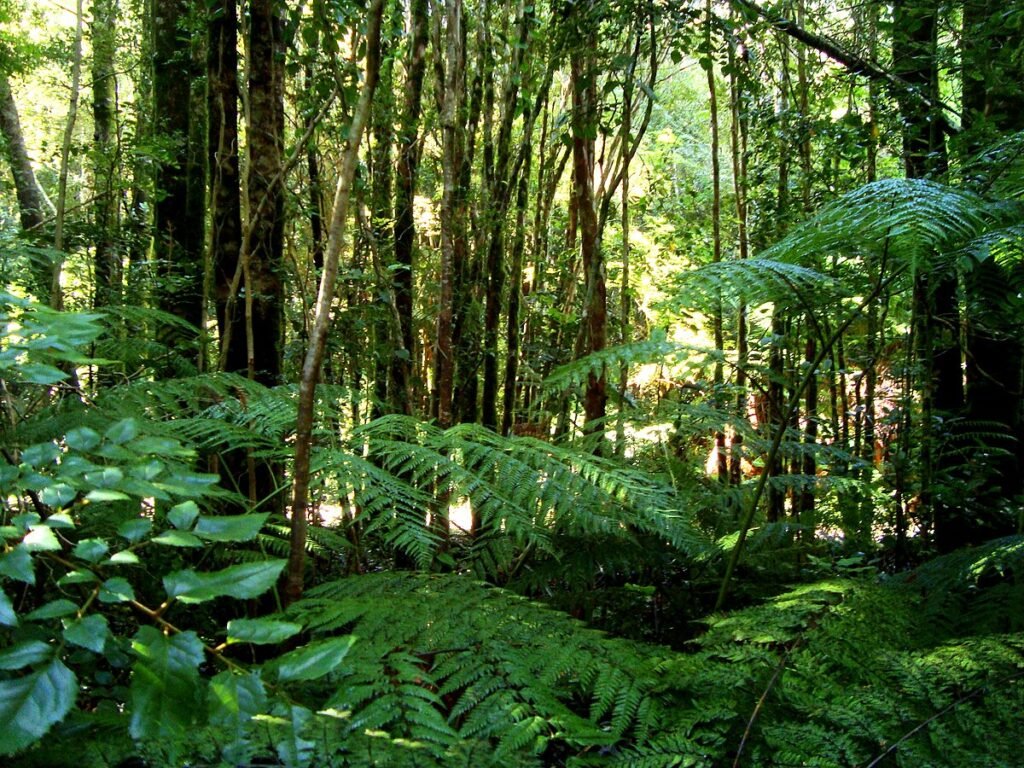
03. Valdivian Temperate Rainforest, Chile and Argentina
The Valdivian Temperate Rainforest, located in Chile and Argentina, is an ecologically rich biome with lush green landscapes, unique biodiversity, and ancient forests. It has a cool, temperate climate and is dominated by ancient trees, ferns, mosses, and epiphytes. The forest is a haven for wildlife, hosting numerous species found nowhere else on Earth. The region’s indigenous Mapuche communities have a deep cultural connection to the rainforest, relying on its resources for sustenance and traditional practices. Despite its ecological significance, it faces threats such as logging, agriculture, and infrastructure development. Conservation efforts, including the establishment of protected areas, aim to preserve this remarkable environment and its biodiversity.
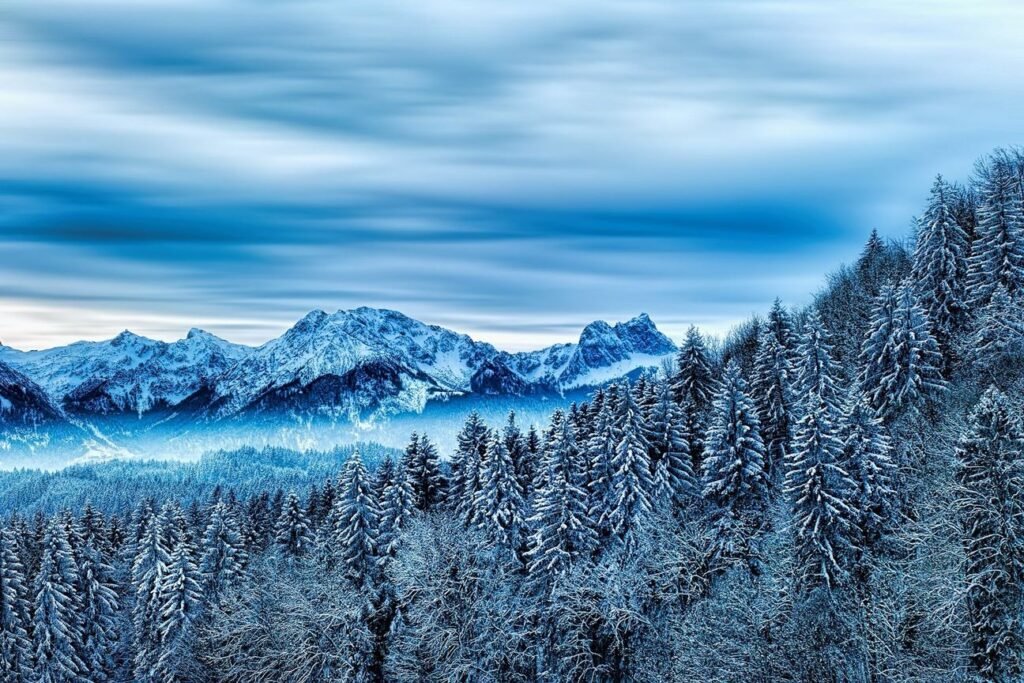
04. Taiga, Russia and Canada
The Taiga is a vast biome that covers 11% of the world’s land area and is a critical component of the Earth’s boreal ecosystem. It is characterized by its cold climate, coniferous trees, and diverse wildlife. Indigenous communities in Russia and Canada rely on its resources for traditional practices and subsistence. However, it faces threats from logging, mining, and climate change. Conservation efforts and sustainable management practices are essential to protect the Taiga and ensure its continued role in maintaining biodiversity, regulating climate patterns, and supporting indigenous communities. The Taiga serves as a testament to the resilience of nature and the importance of responsible stewardship for the well-being of the planet.
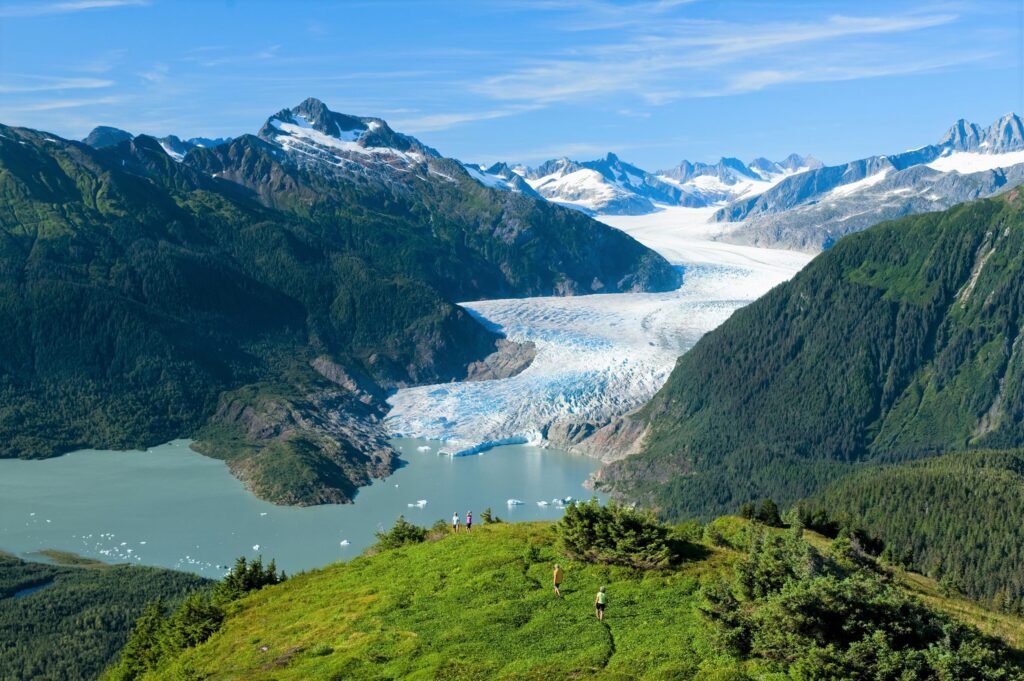
05. Tongass National Forest, United States
The Tongass National Forest in Alaska exhibits its natural beauty, diverse ecosystems, and abundant wildlife. A mix of temperate rainforest and coastal ecosystems dominates it. Diverse wildlife, including iconic species such as bald eagles, brown bears, wolves, and salmon, thrives in the region. Conservation efforts and sustainable management practices are actively balancing the ecological integrity of the forest with the need for economic activities.
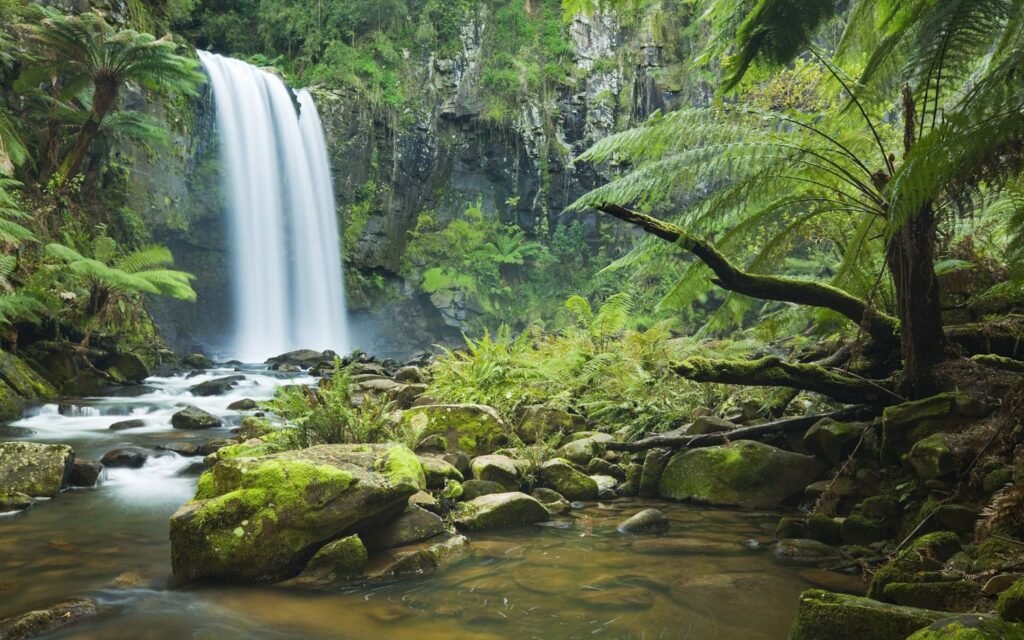
06. Daintree Rainforest, Australia
The Daintree Rainforest in Queensland, Australia is an ancient ecosystem that covers an area of approximately 1,200 square kilometers. It is characterized by its lush and diverse landscapes, encompassing dense canopies of towering trees, vibrant ferns, and an array of unique plant species. The rainforest is home to an extraordinary array of animal species, including the iconic southern cassowary, a large flightless bird, and unique amphibians, and diverse birdlife.
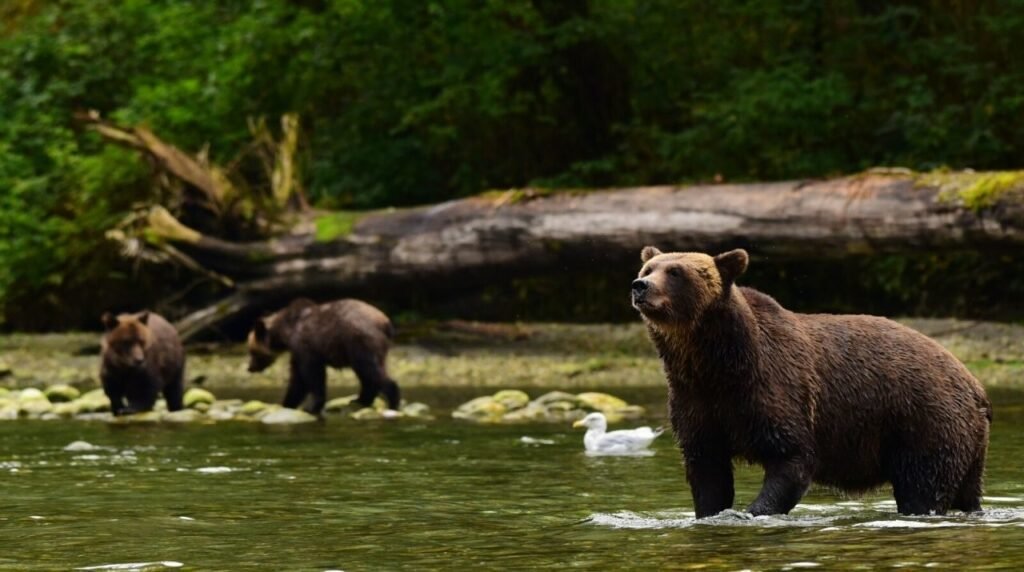
07. Great Bear Rainforest, Canada
The Great Bear Rainforest in British Columbia, Canada is a diverse and ecologically rich wilderness with towering ancient trees and abundant wildlife. It is a globally significant biodiversity hotspot and has been inhabited by Indigenous peoples for thousands of years. Efforts to protect it have resulted in the establishment of conservancies and sustainable management practices. However, it faces ongoing threats from climate change, logging, and industrial activities. Continued advocacy for conservation, sustainable practices, and respect for Indigenous rights remain essential to safeguarding this extraordinary natural treasure.
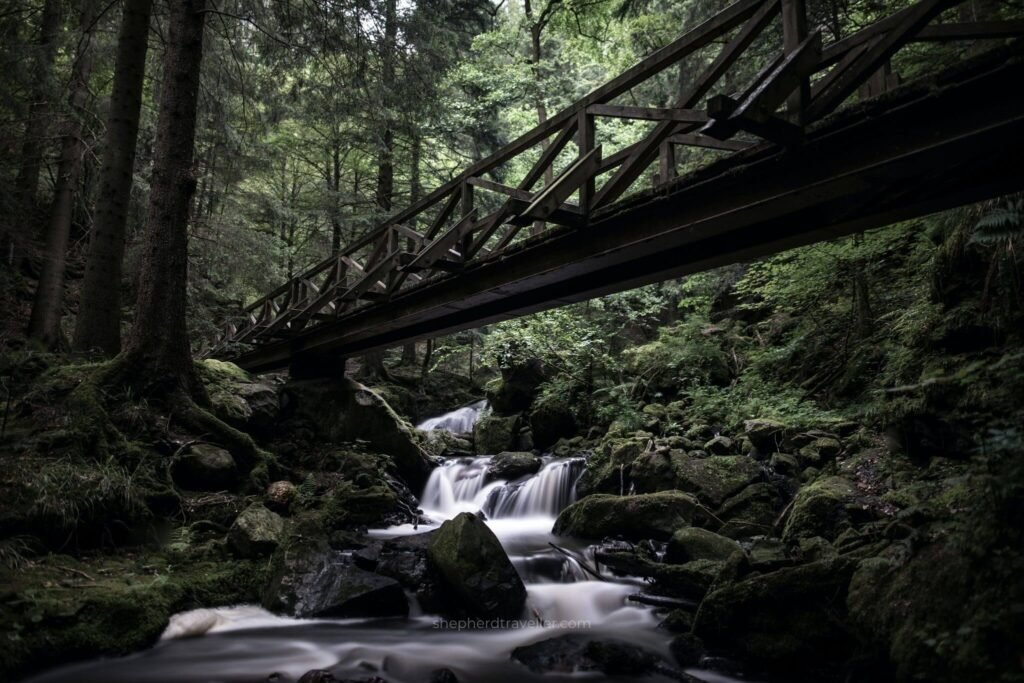
08. Black Forest, Germany
In southwestern Germany, the Black Forest is a picturesque region renowned for its dense woodlands, charming villages, and rich cultural heritage. Its dense canopy of evergreen and deciduous trees characterizes the forest, creating a magical and timeless atmosphere. The Black Forest offers a perfect blend of relaxation and natural beauty.
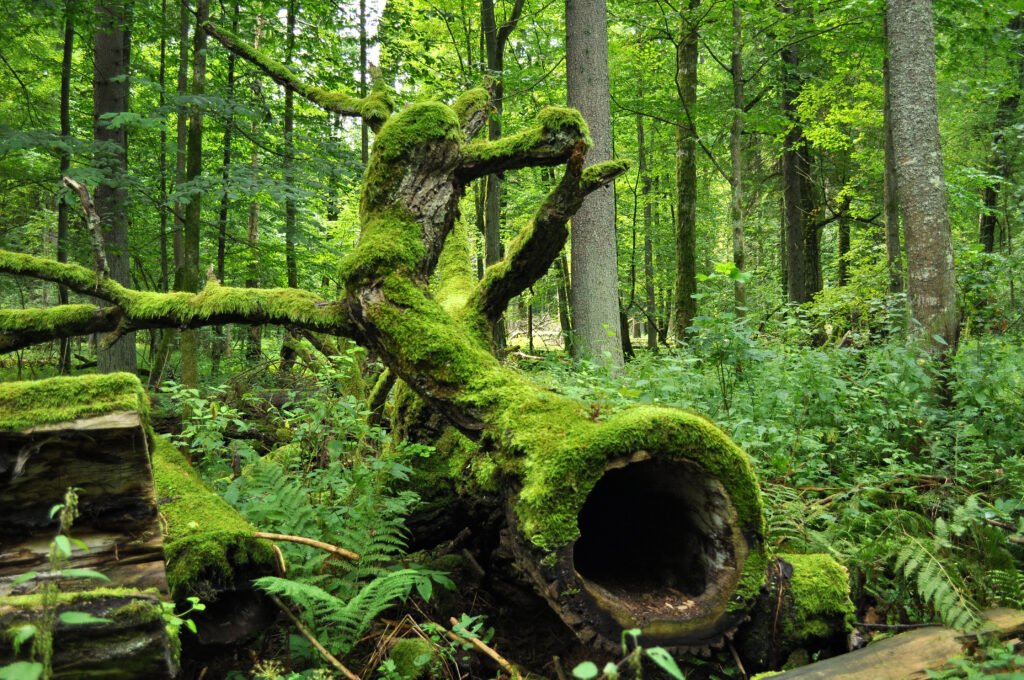
09. Bialowieza Forest, Poland and Belarus
Białowieża Forest is a UNESCO World Heritage site with exceptional biodiversity, untouched ecosystems, and the last remaining European bison. It holds great cultural and historical significance and has been preserved through the centuries. Despite facing challenges, efforts by environmentalists, scientists, and local communities continue to advocate for sustainable management and protection.
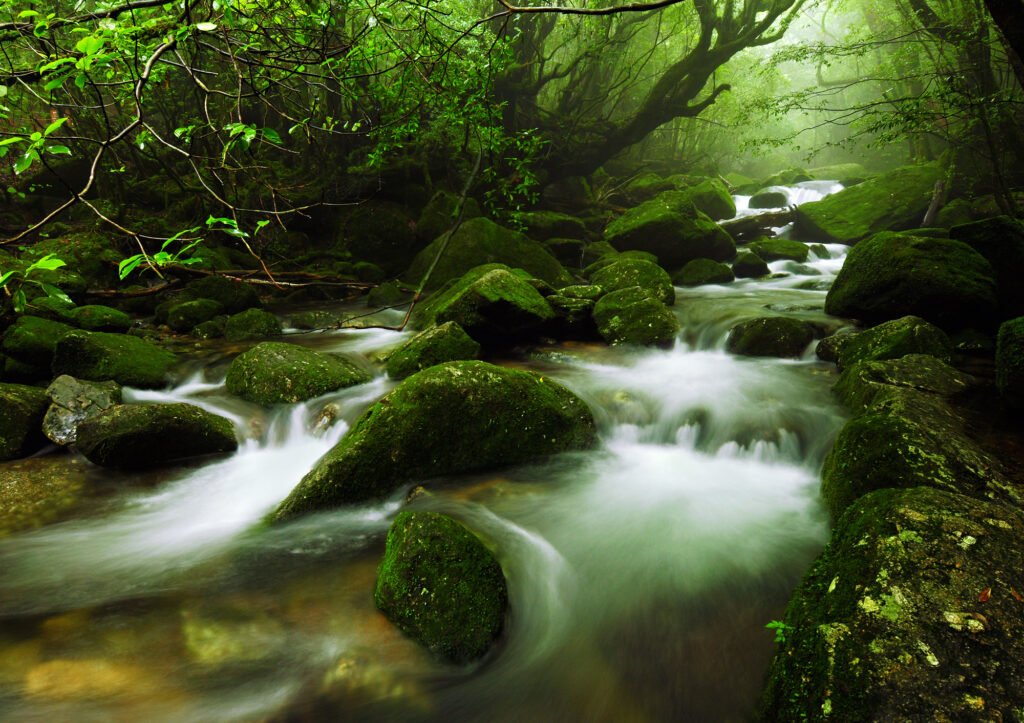
10. Yakushima, Japan
Japan’s UNESCO World Heritage site, Yakushima, boasts ancient cedar forests, diverse ecosystems, and dramatic landscapes. Steep mountainous terrain characterizes the island, and it harbors unique flora like the Yakushimanum rhododendron and Yakushima macaque. One of Yakushima’s most iconic areas is the primeval cedar forest, Shiratani Unsuikyo, while traditional practices enrich the island’s cultural significance. Yakushima actively commits to conservation and sustainable tourism, establishing itself as a destination of ecological and cultural importance.

